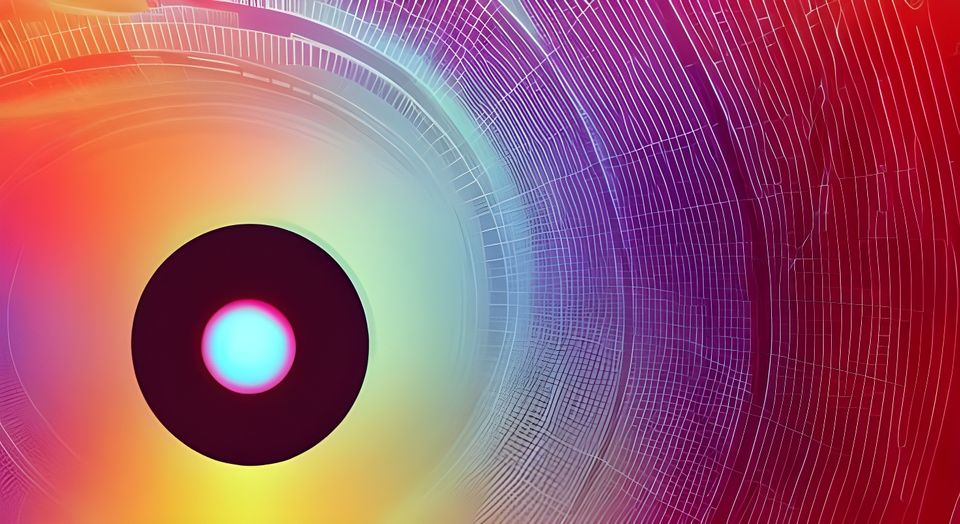Friction & Satisfaction (Paradox Pair #74)
Friction is a design tool, when applied correctly it improves our experiences, decision satisfaction, and can protect us.

Since our brains are designed to look for shortcuts, repeated tasks that have little to no variation can quickly turn into habits. When we operate on autopilot we relegate our actions to our reptilian brains and become disengaged from the actions and choices we are making. Too often in marketing this is the goal. Yet making something easy does not create loyalty, it only removes friction.
The conventional wisdom stresses that creating frictionless experiences lead to higher conversions (marketing speak for an action that a company wants a consumer to take, like making a purchase or subscribing to a newsletter). While the short term increase in conversion may seem like success, it can lead to a direct reduction in consumer satisfaction. In the infinite game, these shallow experiences are a path to business decline. Instead, we should seek to introduce enough friction in the experience to ensure the consumer is making the right choice in that moment for them.
Friction breaks us out of autopilot. It slows us down, reducing potential mistakes or poor decisions. A pop up from our mail client reminding us that we forgot to include an attachment is the right kind of friction.
Friction is a design tool, when applied correctly it improves our experiences, decision satisfaction, and can protect us. We want friction if an action is consequential or irreversible — one final validation that this is what we intend to do. When we are asked to confirm our identity by using a captcha or auth code to login, friction increases, yet we gain improved security and identity protection.
The IKEA effect (links to PDF) demonstrates that we value something more if we expend energy building or crafting it ourselves. Researchers Norton, Mochon, and Ariely, found "labor leads to love". It is liberating to clear obstacles, it increases our feeling of competence. Adding some friction into a decision tree can engage us in the process more wholly, making us feel part of the process rather than operating as a bystander where the outcome is in other's hands.
Friction can also be used to distract us, a slight of hand as a longer running process completes — like an animation on a loading screen. Friction can increases anticipation, a commercial break just before the judge's results are revealed.
While too much friction quickly leads to frustration, too little friction creates an unmemorable experience, bland and boring. Making something challenging enough to still be accomplished is the target. Adding the right level of friction in our designs and experiences will engage our customers more, leading to a higher level of satisfaction for purchasing decisions and builds brand loyalty.
Per Axbom coins the title Curling Designers in his talk about good friction entitled "Fairy Tale Experiences" at the 2016 UXLx conference.
The Paradox Pairs series is an exploration of the contradictory forces that surround us. A deeper study finds that these forces often complement each other if we can learn to tap into the strength of each. See the entire series by using the Paradox Pairs Index.




